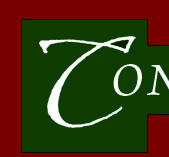Concord River History
Although often overshadowed by considerable
interest in the history of the Merrimack River, the Concord River
also played an important role in the lives of local residents.
Before contact with English settlers, Native Americans caught
migratory fish from the waterway, cultivated crops along its banks,
and hunted in surrounding woods. The Europeans who followed fished,
farmed and grazed animals in the area, and they began to harness the
Concord River and River Meadow Brook to run small mills for carding
wool, grinding grain, and sawing lumber.
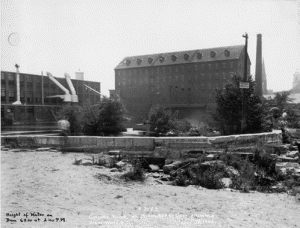 |
Lowell residents swimming near the
Middlesex Dam, in the summer of 1938, with the
Middlesex Manufacturing Company in the background.
|
By the mid-nineteenth century, the Concord was a
key part of New England’s industrial revolution, providing power and
taking manufacturing waste away to the Merrimack. Indicating a
certain ambiguity about the advance of industrial capitalism,
corporate and city leaders also established one of the nation’s
first garden cemeteries on the east bank, where Lawrence Street
crossed the river.
Sacred Heart Catholic Church, built in 1894 on Moore
Street, was the center of a vibrant, mostly
Irish American
parish. |
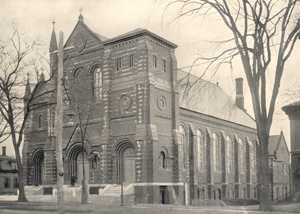 |
Many of the workers who ran looms, tended tannery
vats, made shell casings, and did all manner of other jobs in local
mills and factories came from abroad and lived in nearby tenements
or houses. Irish, Scottish, Swedish, French Canadian,
Armenian, Portuguese, Lithuanian, Polish, and other immigrants
joined citizens of English descent, settling in the area’s various
neighborhoods and claiming them as their own, often by building a
church.
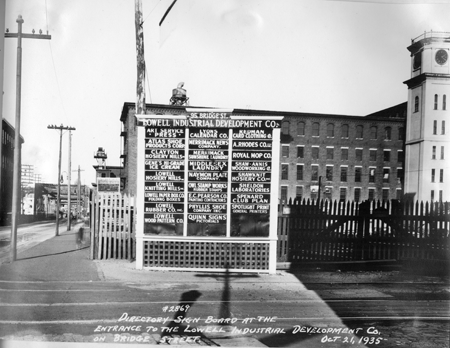 |
This sign in front of the former Massachusetts Mills
in 1935 suggests how use of the buildings changed with
decline of the textile industry. |
|
A plan of the Lowell sewer system around 1880,
showing multiple outlets for untreated waste to enter the Concord
River.
Click the map to view a larger image.
|
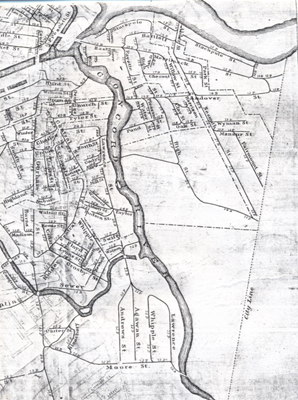 |
Use the links to the left to learn more about the
history of the Concord River and the residents who lived along the
waterway.
